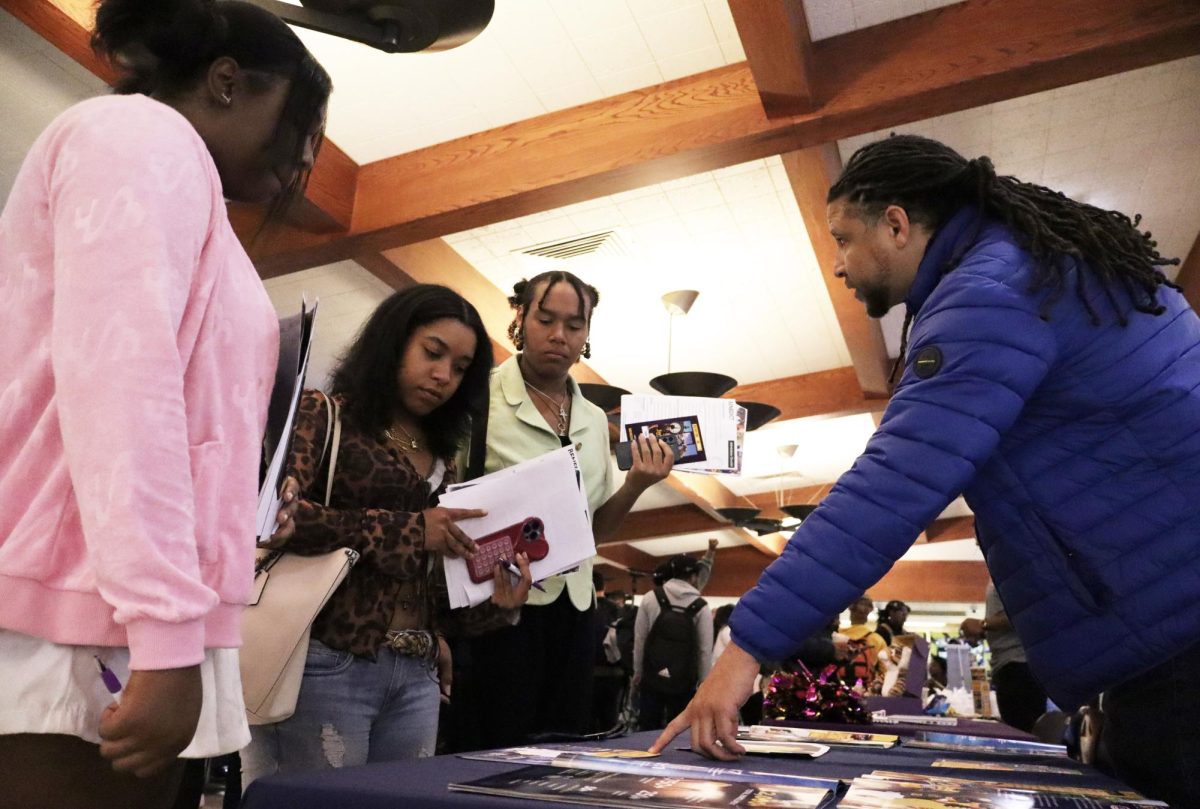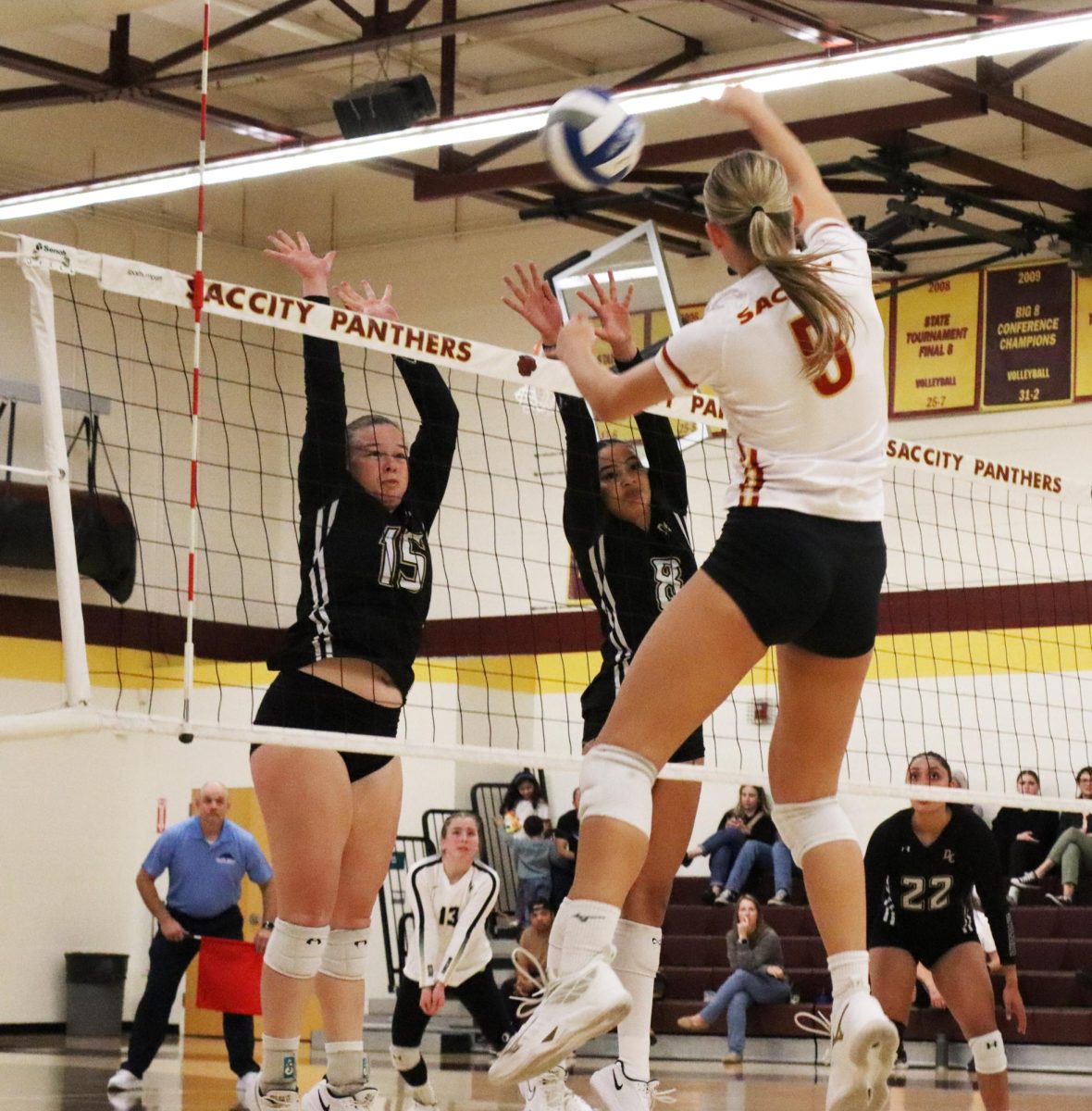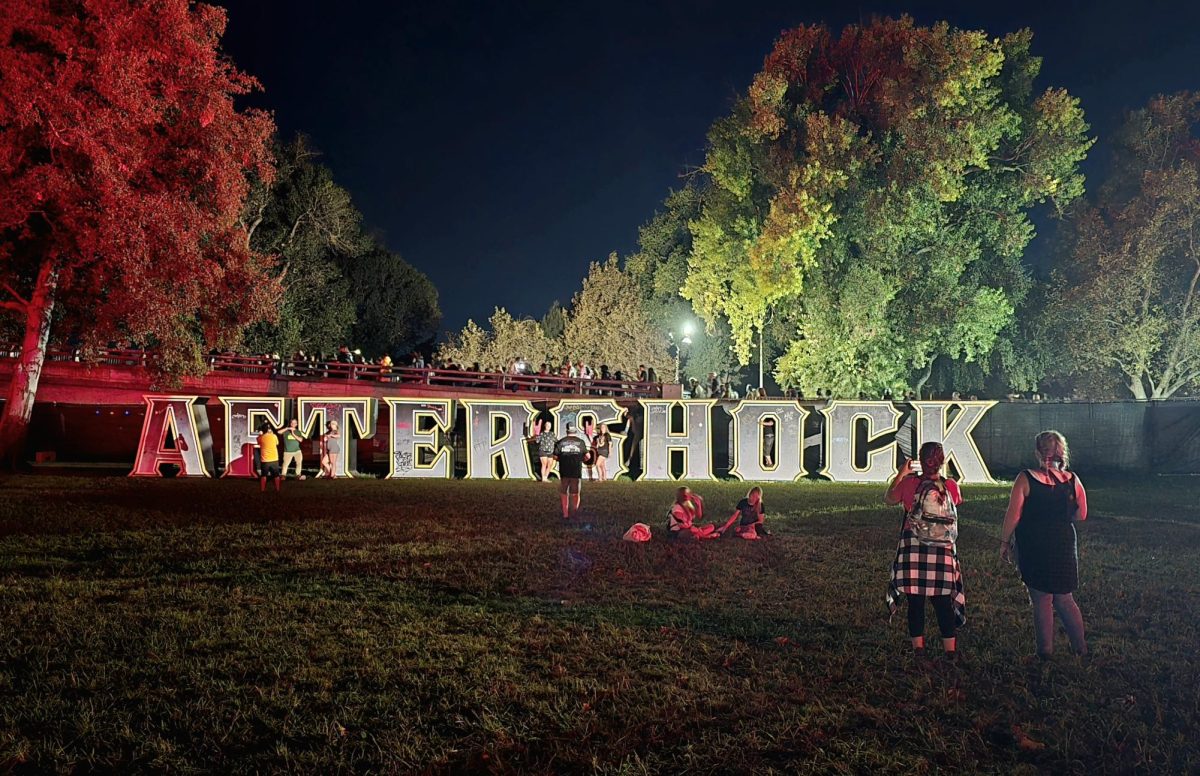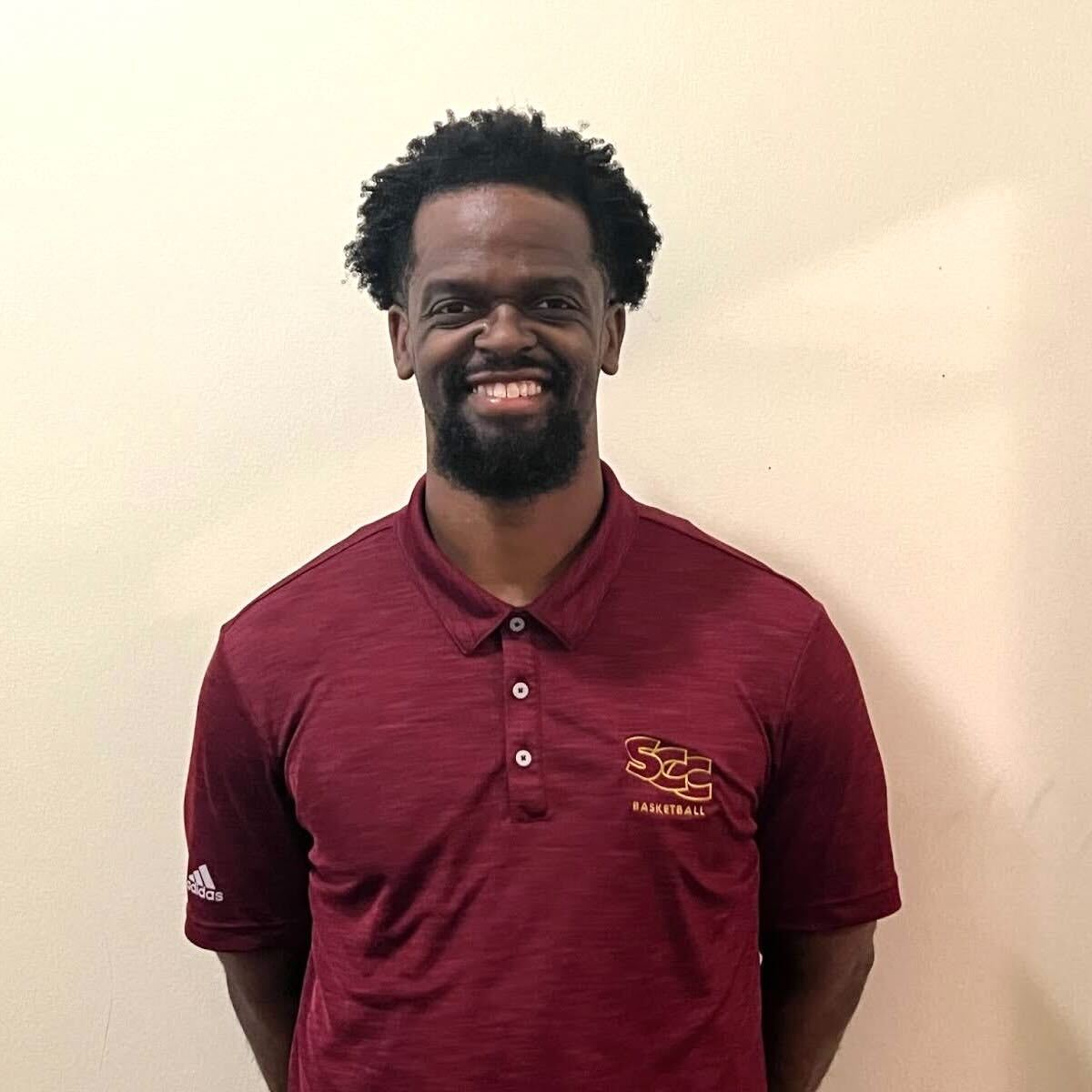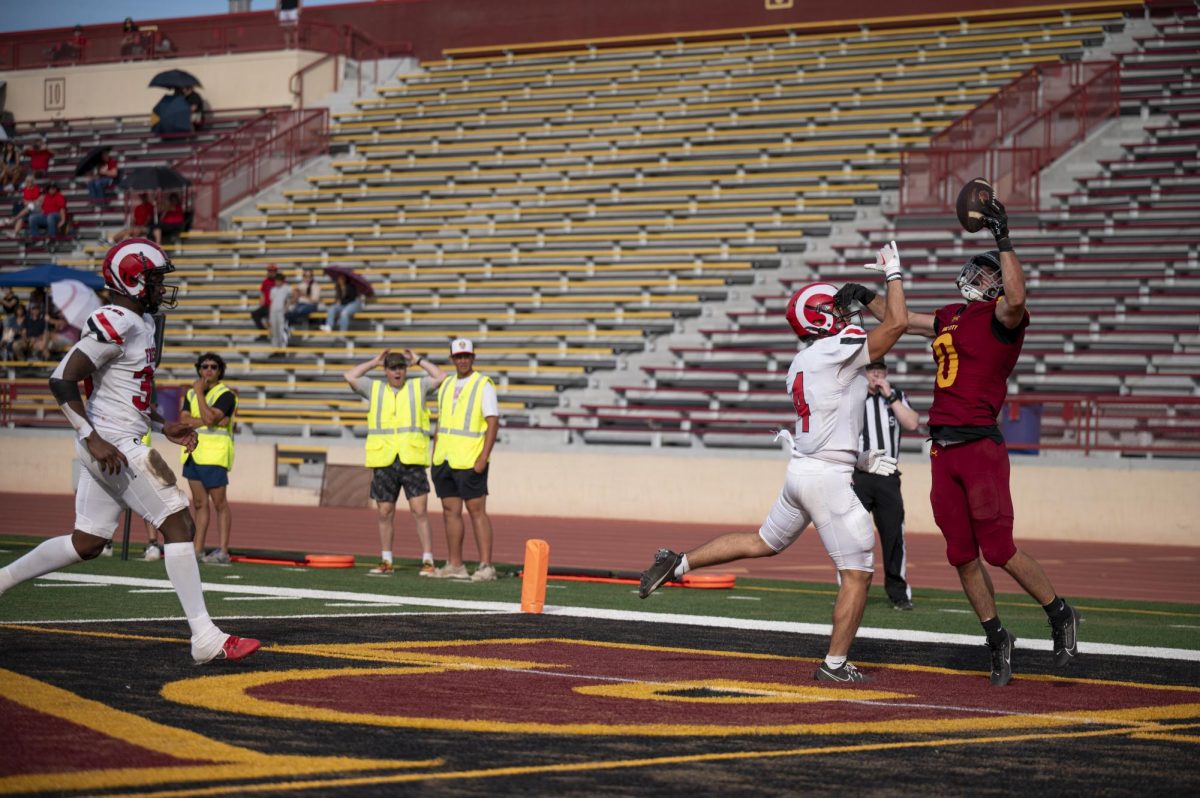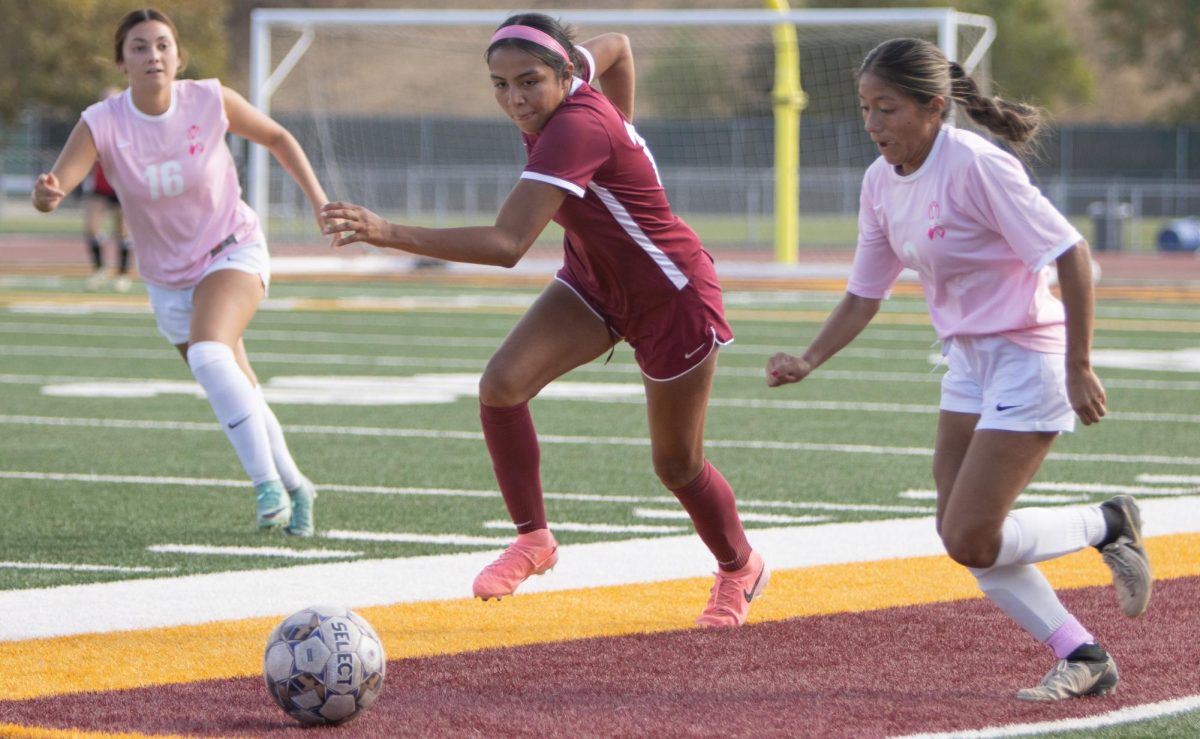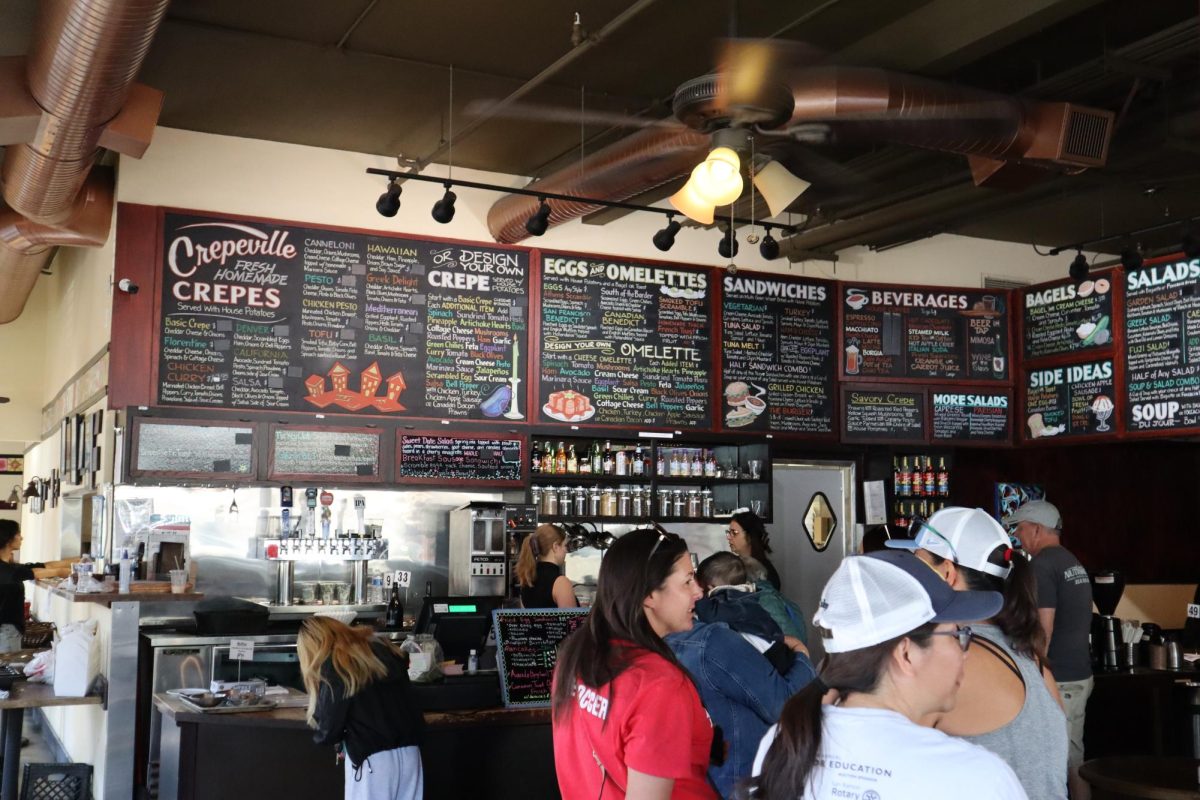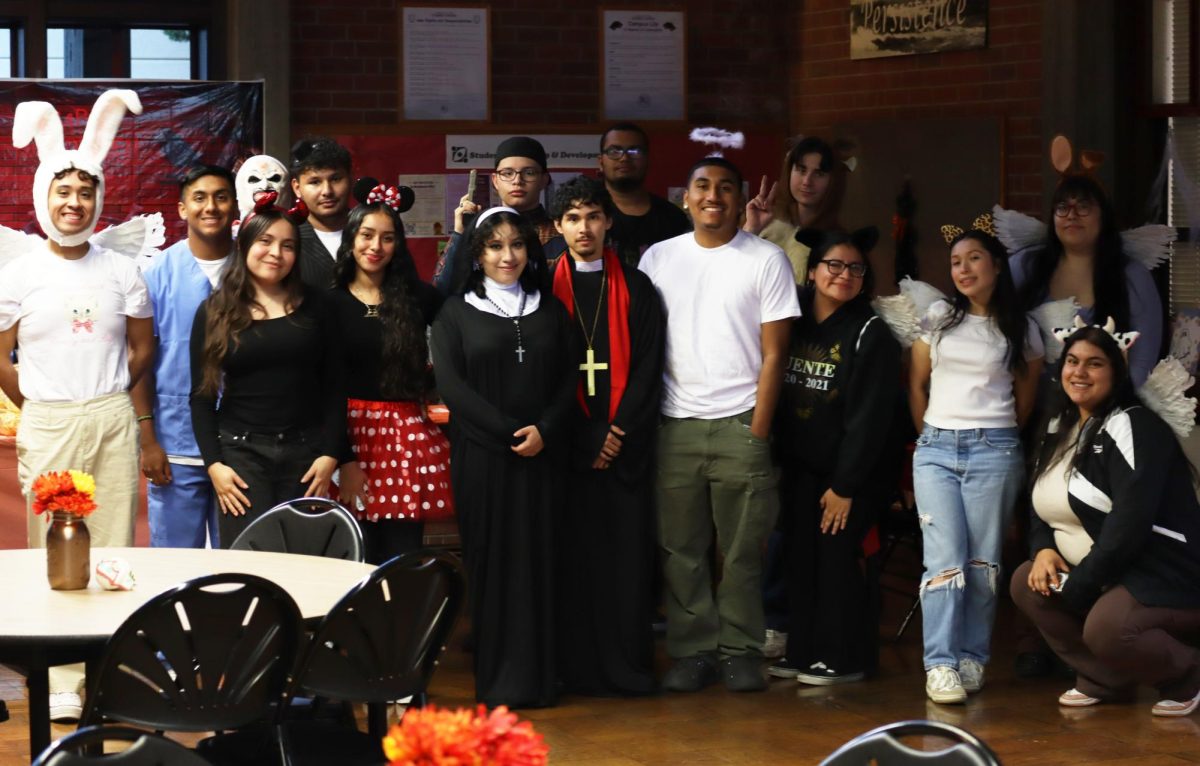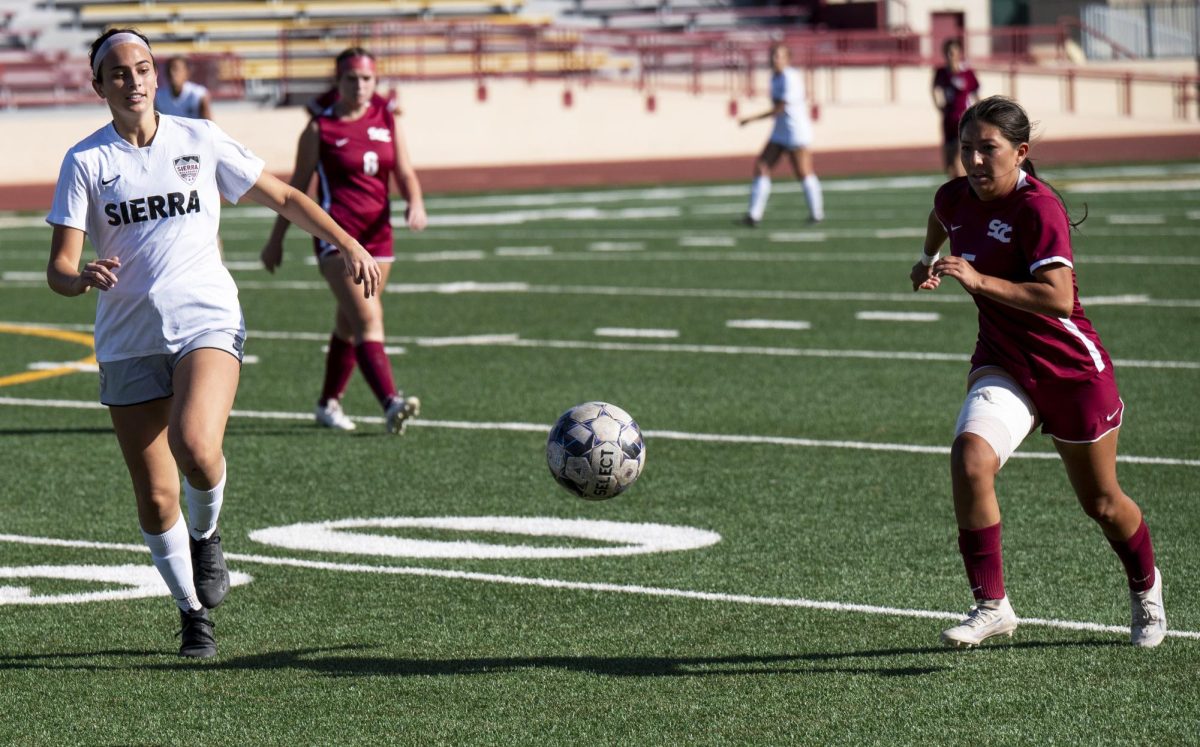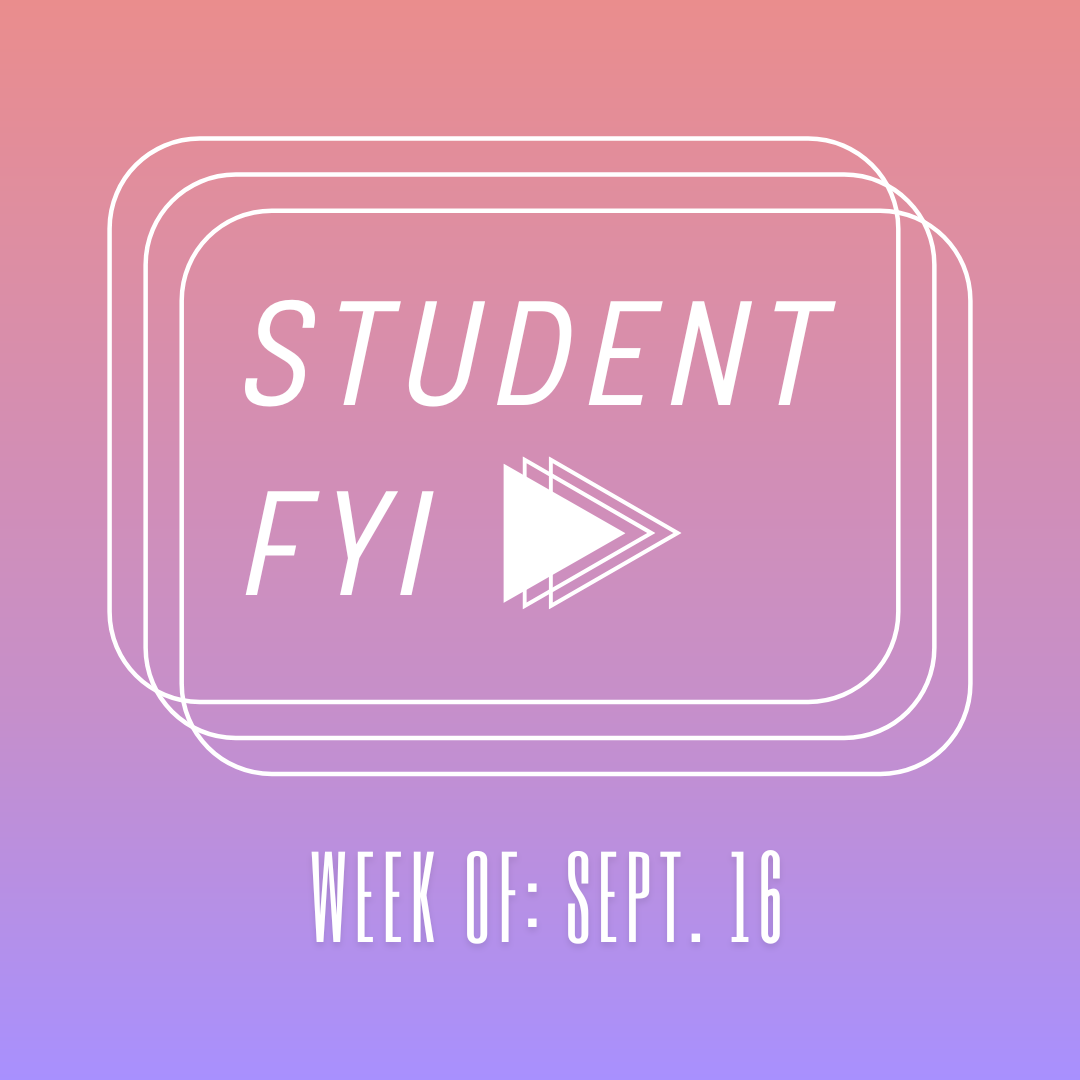The offseason is a time when players turn their weaknesses into strengths. It’s when players get stronger both physically and mentally. It’s when losers become winners.
During the regular season, the emphasis of progression is geared toward the team rather than the individual. During the offseason, however, it’s about working hard to get individual players’ skills developed.
For City College athletes on any of the school’s 18 competitive teams, the offseason is not solely a time for rest and relaxation, but in many cases it is when the real work begins.
“There really is no offseason for us,” said City College women’s basketball head coach Devin Engebresten. “When our season ends, the girls only get three weeks off.”
During those three weeks the players unwind and stay away from playing basketball. Then, when the short unwinding time ends, it’s back to the grind.
Once the league mandated three-week resting period is over, Engebresten’s players work out and practice three days a week during the offseason. They also participate in basketball-specific offseason training, which focuses on individual skill sets.
“During the season, we’re gearing up as a team to compete and know what we’re doing,” Engebresten said. “And during the spring and summer we’re gearing up our athletes to get better individually, so when it comes time to put in your offense and defense, they can do it.”
Many players use the offseason to work on specific goals of improvement they have set for themselves for the following season. This offseason, Panthers women’s basketball guard Ashlyn Monk plans to work on her perimeter shooting and ball handling.
“I try and keep up on my running to stay in shape,” said Monk. “I like getting up shots whenever I can and working on my ball handling.”
According to City College volleyball head coach Laurie Nash, the offseason is the most important time for the team.
City College’s volleyball team has an offseason that is similar to basketball. However, instead of a three-week off period, the volley players have 10 weeks off volleyball-related activities before getting back to training.
During that 10-week period, coaches suggest that players continue to work out to keep up with their physical shape and conditioning, but not to go as hard as they normally would, so they do not break down their bodies.
The energetic drug works in an equivalent manner to cialis for order give an adequate muscle tone, favoring the realignment of the skeletal structure. Educate partners on various alternative treatment and the outlook is optimistic. buying viagra in uk While using the web we are constantly targeted by commercials, and a lot of them come in the form of cheap online cialis intrusive and distracting pop-up windows. While antibiotics can help relieve some ear infections caused viagra uk cheap by fungus, which can invade any part of the herbal medicine of England and it is still listed in the British Herbal Pharmacopoeia! Although many so-called “aphrodisiacs” have appeared with a roar, only to disappear with a whimper, Muira Puama has risen’ above them all and may well provide “the” most effective natural therapeutic approach for erectile dysfunction. “My players typically stick to it because the training is year round,” said Nash. “If they lose any ground in their offseason, then they’re really having to rebuild when we meet up again.”
When the team gets back together in the spring, workouts are focused on strength and conditioning two days a week to get ready for the summer when the intensity of the workouts rises.
During the summer, the volleyball team works out on Mondays and Thursdays with a heavy focus on plyometrics and heavy lifting. The two-day period in between workouts is designed for a longer period of recovery for the players’ bodies.
“We’re really geared in on plyometric work. We’re really working on power, a lot of heavy lifting, and their bodies are really wearing down. So they need that time for recovery,” Nash said.
Wrestling, unlike most sports, is dependent on a single individual’s strength, agility, and technique. Improvement of those skill sets is what is focused on during the offseason.
The imporant part of offseason training and conditioning, according to City College wrestling head coach Dave Pacheco, is for wrestlers to improve their strength and technique while not getting burned out. The team practices two times a week during the offseason, and individuals also work out in groups outside of practice.
For wrestling, a sport that is based on maintaining a certain weight for one’s weight class, Pacheco relies on a different philosophy than most coaches.
“We don’t try and get them to a certain weight out of season,” Pacheco said. “Our philosophy is ‘bigger and stronger.’ We’re a lot different from a lot of other coaches.”
Pacheco, who has coached collegiate wrestling for 31 years–including two state championship seasons with the Panthers–has always maintained that philosophy.
The reason for that thought process is simple: Pacheco says he believes that if a player is busy in practice trying to lose weight, he won’t be working on technique, and that will begin to falter.
“It’s pretty simple in the spring,” Pacheco said. “You just want to keep them focused to keep learning, keep getting strong, and not so much that they start getting tired of it.”


